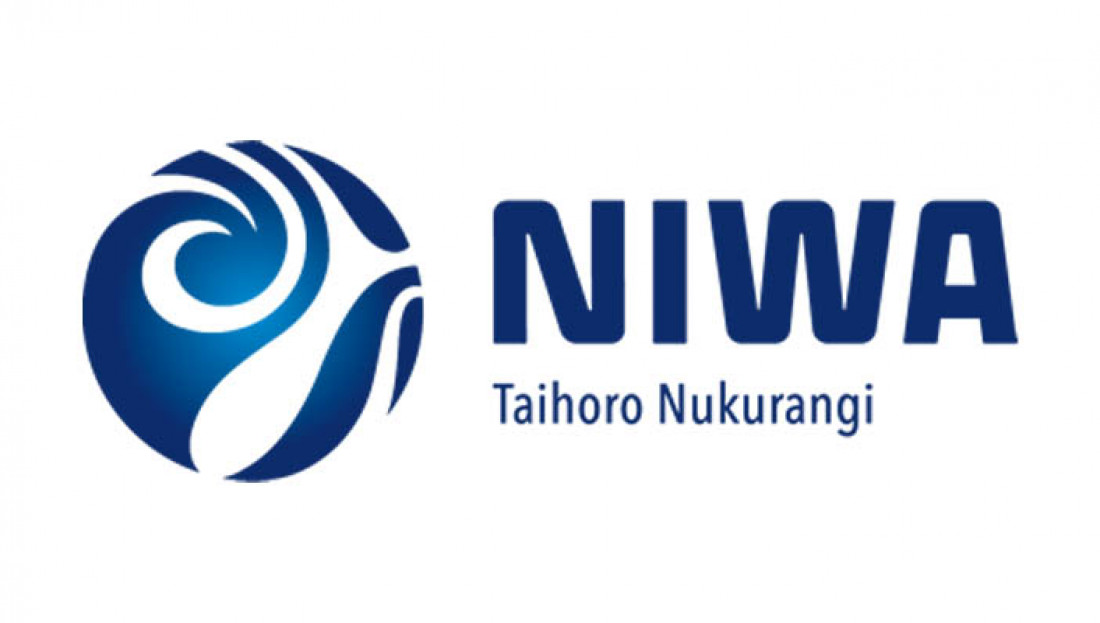Profile on Graeme Inglis Principal Scientist
Date
15 October 2018

For nearly 20 years Graeme Inglis has been a major influencer and contributor to New Zealand’s marine biosecurity, particularly around science, surveillance, technical advice and response capability.
Graeme has some pretty impressive credentials. He leads NIWA’s Marine Biosecurity research programme, and is Science Leader of two Ministry of Business, Innovation and Employment and research projects that involve collaboration with the Cawthron Institute, University of Waikato, the Ministry for Primary Industries (MPI) and a range of international research organisations. He’s a member of the IUCN Invasive Species Specialist Group, was a Technical Advisor to the GEF/UNDP/IMO Global Ballast Water Management Programme and sits on advisory panels for implementation of New Zealand's Biosecurity Science Strategy, Biosecurity New Zealand's Biosecurity Surveillance Committee. He was also involved in Biosecurity 2025, as a member of the Strategic Direction 2 Working Group. Graeme’s research is primarily on the design and implementation of marine pest surveillance, including early detection, baseline and delimiting surveys for unwanted marine organisms.
“My involvement in New Zealand’s marine biosecurity world started back in 2000 when I returned to New Zealand after working in a range of industries with an environmental focus overseas,” recalls Graeme. “At that time, the new biodiversity strategy had just been released and I took up the opportunity to work for the then Ministry of Fisheries.
Graeme’s role was to undertake baseline surveys of New Zealand ports and marinas to determine what we had here and to design a surveillance programme for some high profile marine pests we were on the look-out for. And he hasn’t looked back.
He’s helped bring together Regional Councils and central government to develop marine pathway plans to reduce the spread of marine pests and diseases that are already present in New Zealand, but not yet widespread. There are now four marine regional pathway plans in place, three in New Zealand, and one in New Zealand’s offshore islands the Kermadec and Subantartic Islands. Find out more about these plans here.
I’m really pleased to see the likes of Biosecurity New Zealand and regional councils taking the issue of marine biosecurity seriously and building capability around it,” says Graeme. “But not only are we building capability here in New Zealand, we’re also leading the way in the development of policy and regulations on the international stage and doing it in collaboration with other cities and countries like California and Australia,” he explains.
